There are common protocols frequently employed by businesses and facilities to maintain safety and cleanliness. This includes specific cleaning standards and inspections to avoid any slip, trip, and fall incidents. While those protocols are necessary to maintain a safe environment, there is more that businesses and facilities can do.
If a facility is more prone to hazards or injuries, such as commercial kitchens, grocery stores, warehouses, nursing homes, and hospitals, specific attention should be paid to the flooring. As important as it is to clean up spills as soon as they occur, it is equally important to ensure that the flooring installed provides adequate slip resistance qualities per manufacturer and industry requirements.
Facilities such as these experience frequent use of the floor, especially when heavy equipment is involved. This can contribute to the texture of the floor wearing down until the slip resistant properties are diminished. Routine audits are a perfect way to ensure flooring maintains its qualities for safe traversing, especially under the presence of contaminants or from the added risk of trip hazards.
What Facilities Benefit from Frequent Audits?
For adults 65 and older, over 14 million (or 1 in 4) adults report falling every year. About 37% of those that fell required medical treatment or restricted activity, resulting in an estimated 9 million fall injuries. The fall death rate for those 65 and older also increased in the past ten years, meaning that areas anticipating a high number of elderly necessitate safety protocols to prevent slips, trips, and falls. Nursing homes and hospitals particularly are at an increased risk of slips or misplaced low-profile items in hallways that would cause harm to an already at-risk population without proper protocols or treatment.
U.S. Bureau of Labor Statistics provided from 2021-2022 there were 450,540 cases involving falls, slips, and trips. This data covered multiple sectors, but reinforces that slips, trips, and falls are a leading cause of injury. Data from 2023 provided the construction sector had the most fatalities (1,075), with falls, slips, and trips accounting for 39.2% (421) of all construction fatalities. In tandem, falls on the same level or falls to a lower level regarding transportation and warehousing resulted in a total of 17,690 cases in 2020. This data proves that, often, safety begins with the floor. Understanding how these risks occur is the first step at preventing accidents.
Common Risks and Mistakes
With facilities such as these, risks start and end at cleaning and inspection protocols. Cleaning of floors is expected, but if the cleaning solution is not mixed properly then a slippery or greasy residue can be left on the floor. The potential for slips increases when caution wet floor signs are not placed appropriately to warn employees and customers. When spills—from various contaminants that can decrease slip resistance properties in a multitude of ways—are not cleaned quickly without warnings to safeguard the area, a similar risk exists.
Inspections are just as important to keep a lookout for spills or slippery floor areas, and even low-profile items like cords or shelves or pallets that are in hazardous positions and areas. But many facilities make the mistake of either not employing proper inspection protocols or even properly training employees to make these inspections. Without expectations of what to inspect, how to inspect, and when, many hazardous conditions can be caused to form and remain for an undue amount of time and cause slips, trips, and falls.
How Does Slip Testing Inform Auditing, and Why Do it Frequently?
When we audit a facility, we investigate the cleaning methods and materials, tripping hazards, matting, and other potential contamination sources. Facilities with a high number of daily pedestrian and employee access that require high slip resistance properties of flooring often engage in material handling that, over time, can diminish the floor qualities and slip resistance properties.
Slip testing allows for an industry accepted way of measuring slip resistance properties of the installed floor and provides if there is a high risk for slips to occur when wet or under the presence of other contaminants via quantitative data. In order to avoid slips, trips, and falls, routine audits are the best method to ensure that all properties of the floor remain safe and industry compliant in order to avoid accidents that may arise when the floor properties diminish over time. We provide documentation that asserts the quality of the floor and facility that either highlights risks or confirms passing results. Through consultation, we provide the best methods to maintain your floors safe for lasting results and increased safety.
Contact Us
When responsible for inspection and safety of a facility, you should take reasonable effort to protect employees and the public alike from risks and hazards. Moore Engineering provides you with industry compliant guidance to avoid slips, trips, and falls, and, if need be, support you in defending a claim. Utilize our Walkway Auditing Services to protect yourself against accidents by contacting us at 856-437-7900 or through the form below!
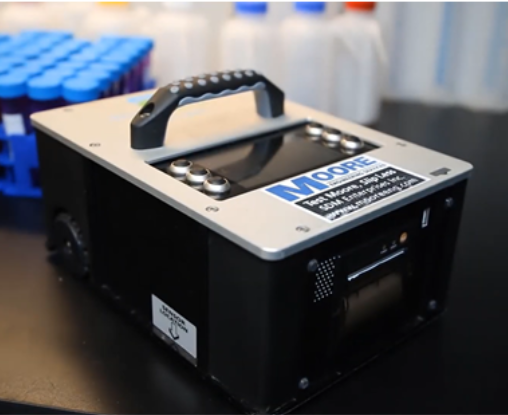

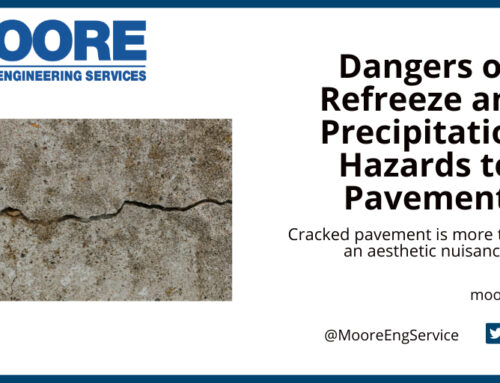
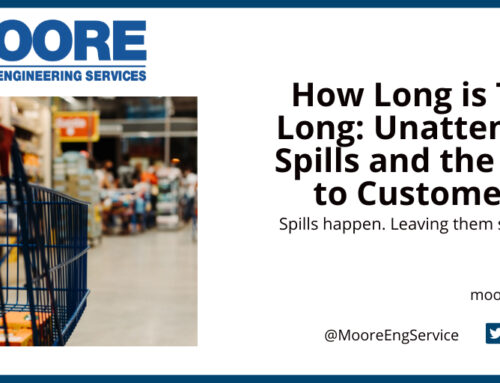
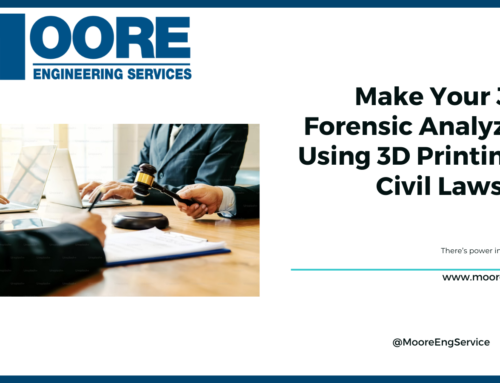
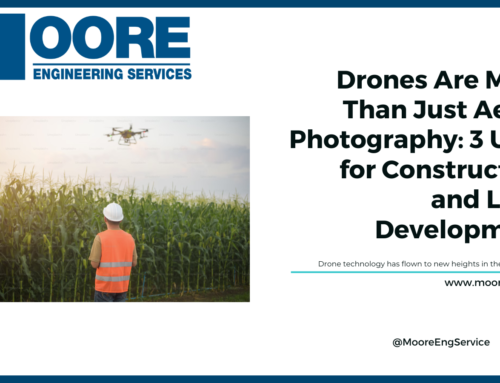

Leave A Comment